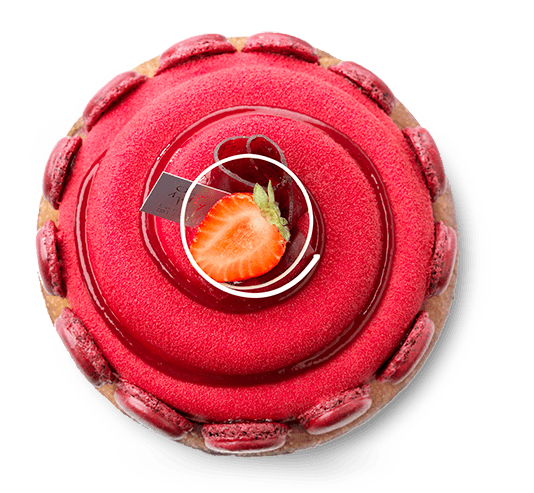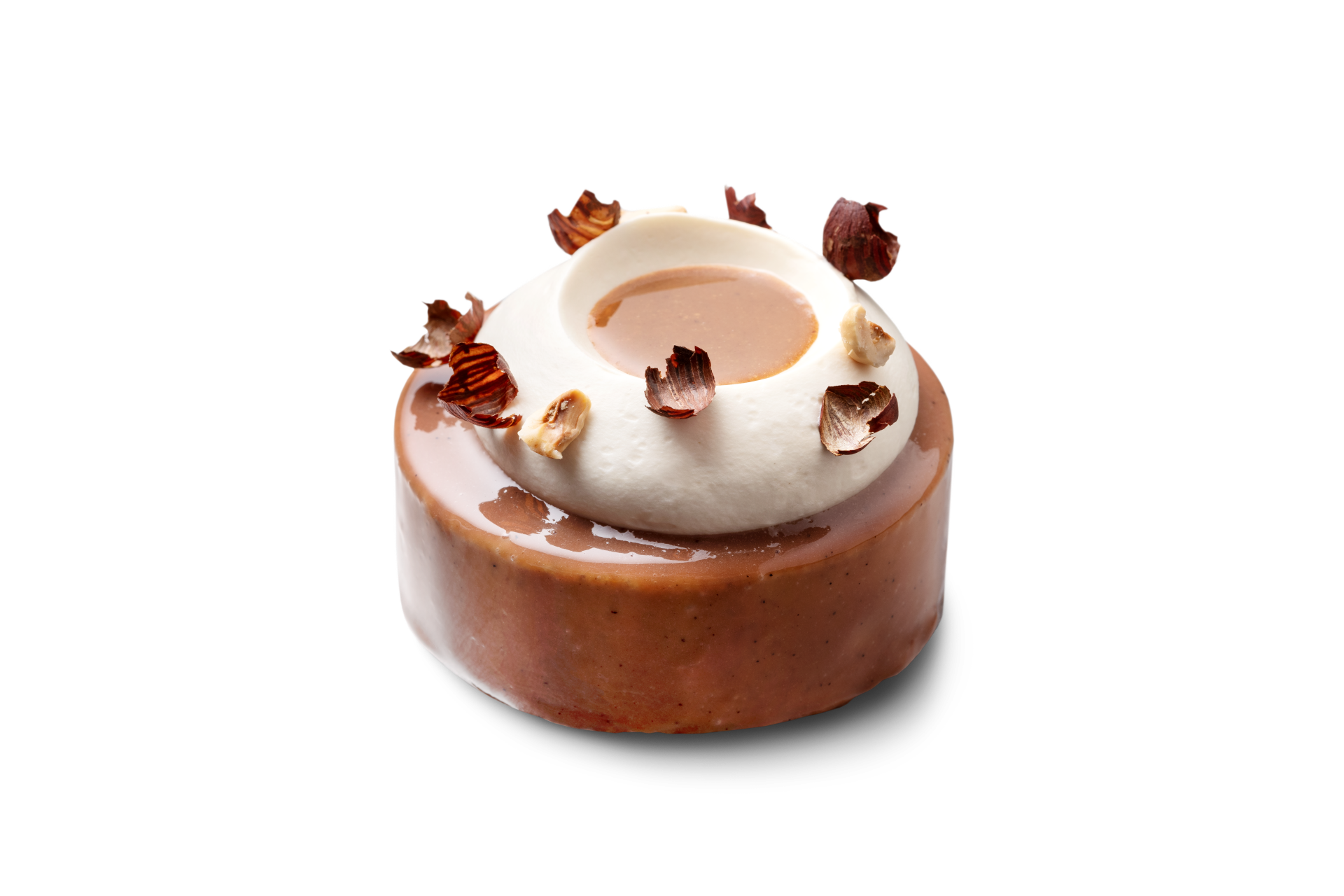Ask our chefs
Knowledge is often transferred from one generation of chefs to the other. We take many things as truth, but sometimes we wonder why we do certain things and whether we can do better. Debic has a team of Culinary Advisors throughout Europe with a wealth of knowledge and experience that we are happy to share with you.


That mainly depends on the type of pasta. Just to be clear: even most Italians no longer make their own pasta. Lack of time is the main cause, but another factor is that the alternatives are often better than many homemade products. Sometimes homemade pasta is deliberately chosen because it contains egg. Of course, that tastes a bit different than pasta made from only flour and water. However, pasta that is prepared with a tasty sauce or pesto can certainly be a bit more neutral. More importantly, the outside of the pasta has a rough surface so that the sauce sticks to it in a thin layer. For filled pasta types such as ravioli, fresh pasta dough remains the best option
Is sweet potato related to the potato?
No. Sweet potatoes are not part of the nightshade family, but of the bindweed family. At first glance, a sweet potato looks like a regular potato. But if you look closer, you see that both the outside and the inside look really different. A sweet potato, also called sweet potato, is a root vegetable. Sweet potatoes come in hundreds of varieties and the color can range from orange to purple. Characteristic of the hard and starchy varieties is that they are often whitish to purple-red. The sweeter and softer varieties are often colored dark orange due to the beta-carotene present. Especially the orange tubers are used in Western cuisine. It is interesting for a cook to know that sweet potato contains inulin, just like onions. Its best-known property is that it becomes sweet when heated and caramelizes at high temperatures. This gives a lot of depth to your dishes

The big difference between these two is mainly in the fat percentage and the application. Cooking cream contains 20% milk fat, regular whipping cream contains 35% milk fat. With whipped cream you need this fat percentage to be able to store air in it, but this does not apply to a warm kitchen. Less fat is preferred, especially in the modern, lighter kitchen and for other properties you do not need the fat percentage of whipped cream during cooking. The developers of cooking cream have listened carefully and looked at the challenges faced by chefs in the kitchen. They have processed the original (whipped) cream in such a way that it does not split, does not create skins and is resistant to acids and alcohol. The cooking behavior is of course essential, especially with sauces. Debic Kookroom excels in this. This cooking cream is also stable during freezing and thawing.
How do I make the best powder from vegetables?
We use many aromatic vegetables such as onion, celery and celeriac, leeks and carrots to give flavor and character to broths and sauces. We 'extract' the taste from the fresh product. What happens when you dry the vegetables and extract the moisture from them? Then those fine aromatics remain present. You can then use this to give a butter, an oil or a complete dish a unique taste or finish. This is not only possible with the aforementioned vegetables, but also, for example, with parsley root, beetroot, parsnips, artichokes or peels that you normally throw away. To preserve the original taste, it is essential that you dry the vegetables at a low temperature: below 50 °C. Use a food dryer or drying oven for this. They have an automatic fan that circulates warm air for an even result. In addition, you keep your oven free for other uses. Then grind the dried vegetables in a blender and store them in a well-sealed container.




